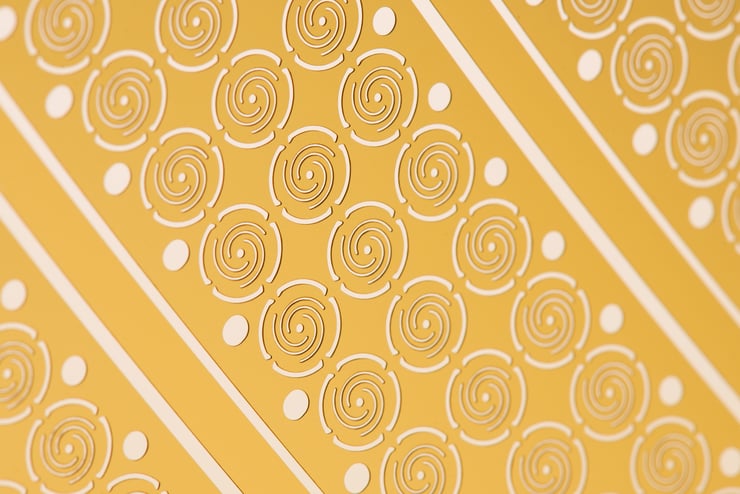When engineers should stop stamping — and start electroforming
Jan 10, 2017 7:00:00 AM By Maarten NijlandStamping is a very convenient manufacturing method for engineers. Once you’ve acquired the required tooling, you can create endless replications of your product or component at very low cost. Stamping is particularly cost-effective when you create replications of your product at high volume. There are, however, scenarios where stamping isn’t the most efficient technique for you as an engineer. We describe 5 situations where you are better off using an alternative manufacturing technique: electroforming.
1) Production at medium volume
The investment in stamping tooling is substantial — so substantial that it becomes unjustifiable when you have a medium volume production running. If you ‘only’ require 100.000 copies of your product, a stamping tool is just too costly. Electroforming too can produce endless replications of your item at low cost. High replicability is one of the key benefits of electroforming. A rule of thumb: when you aim to produce between 100.000-1.000.000 copies of your item, electroforming is the most cost-effective manufacturing method.
2) Engineering requirement: Short lead time
In stamping, a die may take up to weeks or even months to build. A mandrel that is used for electroforming can be produced within hours. Electroformed samples can, therefore, be created and delivered within 3 weeks — and usually even sooner (depending on the complexity of the component). Needless to say, reducing the lead time from several months to several days will reduce costs significantly.
3) Engineering requirement: Freedom of design
If you would like to make design changes to your product, this isn’t possible with the die you have created for your current version. You would have to create a new die or go through various re-machinings of the tool e.g. spark erosion and re-polishing to apply your design changes — a big limitation and additional time and cost. You’re not confronted with this limitation when you work with electroforming, since the technique doesn’t require a die to manufacture products: the tooling is quick to modify and inexpensive.
When you want to create multiple prototype designs of your product, stamping isn’t suitable because each version would require a different die. Electroforming is very suitable for what is called the experimental approach: a design method where you create up to a couple of dozen versions of your components on the same mandrel to see which one works best for your product. If you want several iterations of your product — instead of immediately working on your final design — electroforming is the solution for you.
4) Engineering requirement: High precision
If deviations of say 50 µm are not an issue for the product you’re creating, stamping will do just fine. But if you require high precision for your products, electroforming is the solution you’re looking for. With electroforming, you’re able to grow material on micro scale accuracy, providing absolute accuracy and high aspect ratios. Just to give you an idea: experts claim that the standard deviation of electroformed parts is less than 1% of the material’s thickness.
Another high precision aspect is hole size. The hole size of a stamped part can only be as small as 30 µm, while the hole size of electroformed parts can be as small as 2 µm.
5) Engineering requirement: Smooth sidewalls and contour shapes
Some of your parts may require extremely straight and burr-free side walls. This accuracy is hard to achieve with stamping. With stamping, your product will often end up with side walls that are rough on the edges, and will show signs of (partial) burring. With electroforming, your side walls will be burr-free and extremely straight.
So, there at least 5 engineering situations where you are better off using electroforming, instead of stamping. If you want to learn more about electroforming vs. stamping, we advise you to read this detailed comparison.
If you’re curious about electroforming and want to take a deeper dive, you should check out our electroforming whitepaper. The whitepaper talks about the benefits of electroforming and how it can drive innovation for your business. You can download your free copy here:


